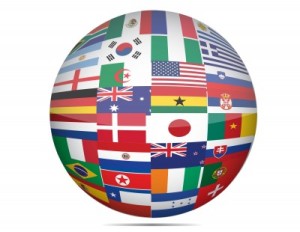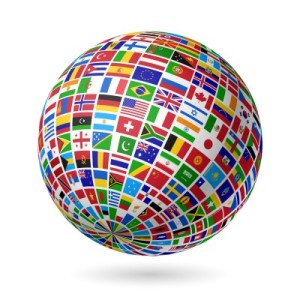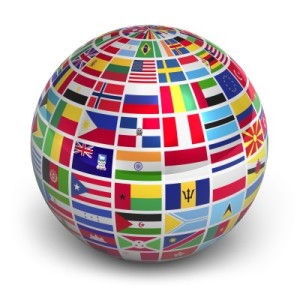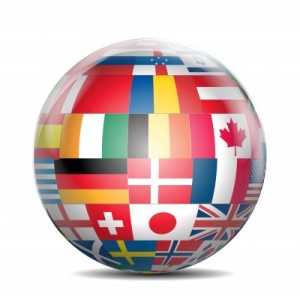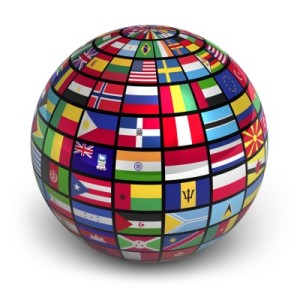 Which European city is a favorite locale for test marketing?
Which European city is a favorite locale for test marketing?
- A. Madrid
- B. Brussels
- C. Rome
- High-pressure sales and hype are counterproductive in many countries. True or false: Australians tend to fiercely resist pressure tactics.
- Radio and television commercials are often more effective than newspaper advertisements in:
- A. Sweden
- B. Hawaii
- C. Bolivia
- German and Brazilian consumers' tastes in advertisements are opposite, because Germans generally like what in their ads?
- A. Lots of data
- B. Fewer facts and more sex
- C. Hysterically manic imagery
- True or false: Advertising in many Central American newspapers is tantamount to taking a political stand.
- Marketing in Saudi Arabia must abide by local traditions. This precludes:
- A. Using children in advertisements
- B. Depicting a dog in an ad
- C. Direct marketing
- Successful toothpaste sales in Canada depend on your target market and pitch. True or false: Promote the cavity-fighting aspects to Canadians of French descent, and the breath-enhancing capabilities to English-Canadian consumers.
- Local representatives can be invaluable, but local laws often protect them from being terminated. Which country won't penalize you for changing your local agent?
- A. Japan
- B. UAE
- C. Ecuador
- D. USA
Answers
- B. As headquarters of the European Commission, and in addition to its historic Flemish, French, and German influences, Brussels is home to consumers with many different tastes.
- True. Be honest, direct, and brief with Aussies.
- C. Another useful venue is the cinema, which shows many ads before the feature presentation.
- A. The more facts in Germany -- particularly of a technical nature -- the better.
- True. Newspapers in Central America are often associated with a political outlook. For example, each of Belize's largest newspapers supports a different political party.
- B. Dogs are considered unclean.
- False. Do the reverse.
- D



